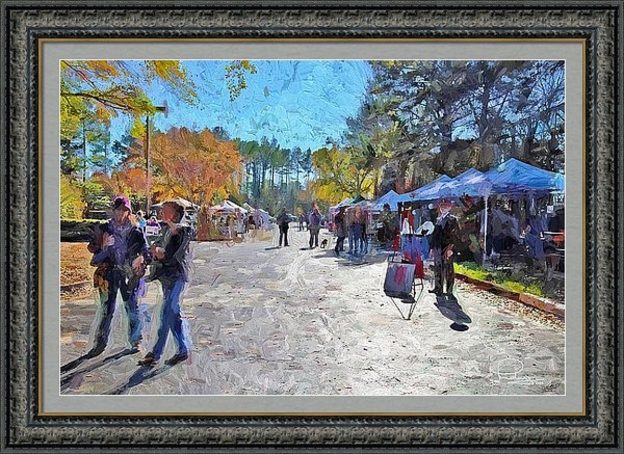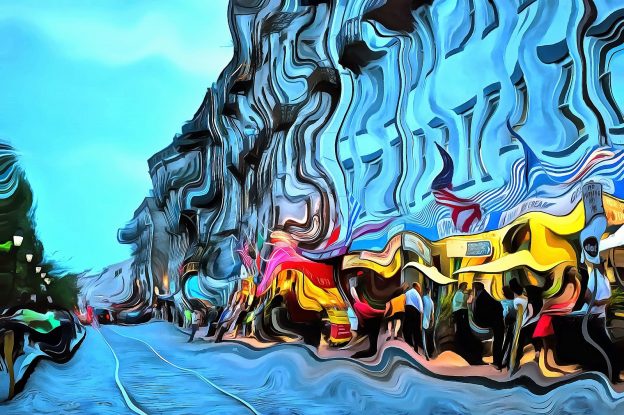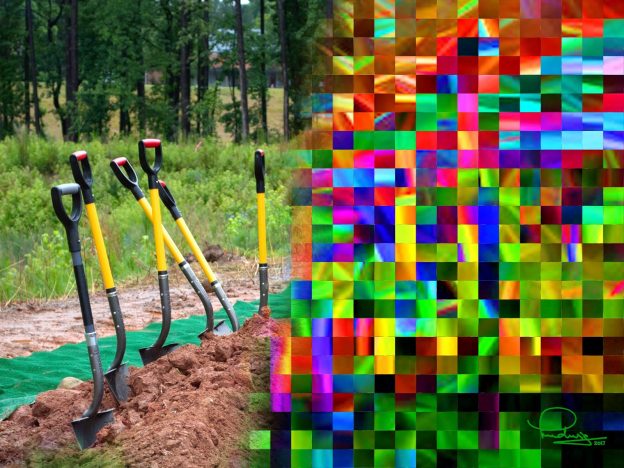Art as Decoration? You worked long hours, sometimes tedious hours, to get each piece just right. At the start it was the idea, the composition, the lines, the light, the message. You poured yourself into each image. The final “processing” helped you to share yourself, your inner thoughts that words could not express. Now you… Continue reading Art as Decoration
Tag: art
The Ways of a Mind
The Ways of a Mind It was frustrating, excruciatingly frustrating. A small task, an easy chore that I had done many times before, on this day it just did not work. What could be so difficult about setting a header on a website? Programming had been part of my working career and this wasn’t even… Continue reading The Ways of a Mind
When is a Photograph Not a Photograph
When is a Photograph Not a Photograph? Our illustration here shows an image of a worksite with some shovels stuck in dirt on the left. Clearly that is a photograph. Then it blends into some colorful “satin tiles”, digital art, on the right. It is even signed. Clearly not a photograph. Yet the right part… Continue reading When is a Photograph Not a Photograph




You must be logged in to post a comment.